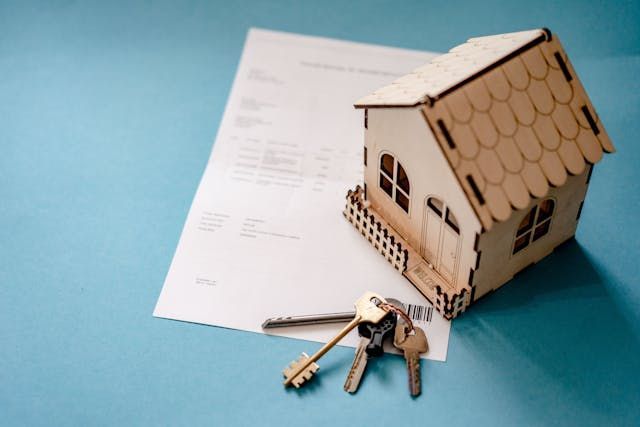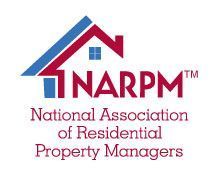Property Investment for Rental Income
Investing in real estate for rental income is a strategic approach to generating consistent cash flow and building long-term wealth. By carefully selecting properties with strong rental potential, investors can establish a reliable income stream while benefiting from property appreciation over time. Success in this venture requires thoughtful consideration of various factors, including location, property type, and market demand, all of which are crucial to maximizing returns.
Key Considerations for Choosing a Rental Property
Location:
The location of a property is paramount in determining its rental potential. Properties situated in areas with high demand—such as those near schools, public transportation, and essential amenities—are more likely to attract reliable tenants and maintain steady occupancy rates.
Property Type:
Selecting the right property type is essential for optimizing rental income. Different property types—such as single-family homes, apartments, and multi-family units—appeal to various tenant demographics. For example, single-family homes often attract long-term tenants like families, while apartments may appeal more to young professionals or students. Understanding the local market and tenant preferences can help investors choose a property type that aligns with their investment goals.
Market Research:
Conducting thorough market research is critical for informed investment decisions. Analyzing local rental trends, occupancy rates, and average rental prices provides insights into a property's potential income. This research helps investors identify areas with strong rental demand, ensuring that the property attracts tenants quickly and consistently.
Property Condition:
The property's condition is a significant factor in its rental appeal. Well-maintained properties or those requiring minimal repairs are more likely to attract tenants and reduce turnover times. Additionally, a well-kept property minimizes the likelihood of unexpected maintenance costs, contributing to a more stable and predictable income stream.
Rental Yield:
Calculating potential rental yield is vital for assessing an investment's profitability. Rental yield is determined by comparing the expected annual rental income with the property's purchase price. A higher rental yield indicates a more profitable investment, making this calculation essential in evaluating the property's income-generating potential.
Future Development:
Investing in areas with planned infrastructure improvements or development projects can increase a property's value over time. New roads, public transportation links, shopping centers, or business hubs can boost demand for rental properties, leading to higher rental income and property appreciation. Monitoring future developments can provide a long-term advantage to investors.
Legal and Zoning Regulations:
Before investing, it's crucial to ensure that the property complies with local legal and zoning regulations. Understanding these rules helps avoid potential legal issues and ensures that the property is suitable for rental purposes. Being aware of any restrictions or requirements related to rental properties is essential for maintaining compliance and safeguarding the investment.
Property Management:
Deciding between self-management and hiring a professional property management service is a key consideration. While managing the property yourself can save money, it requires significant time and effort to handle tenant issues, maintenance, and administrative tasks. On the other hand, a professional property management service offers expertise and convenience, helping to streamline operations and maximize returns on investment.
For more information about property investments for rental income, visit Hunter Rentals & Sales, at 1503 W Stan Schlueter Loop, Killeen, TX 76549, United States, or call (254) 634-3311.







